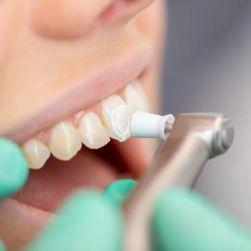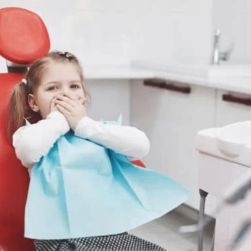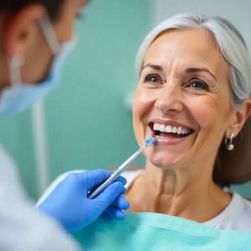As we age, oral health becomes increasingly significant due to the heightened risk of various ailments, including oral cancer. Oral cancer is a serious condition that predominantly affects older adults, making it a critical issue for individuals over 50. Numerous factors can increase the probability of developing oral cancer, and understanding them is vital for prevention and management. This article explores why older adults are at a higher risk of oral cancer and outlines steps they can take to mitigate this risk, with guidance relevant to our American audience.
Why Are Older Adults at a Higher Risk of Oral Cancer?
Older adults are more susceptible to oral cancer due to a combination of physiological changes and lifestyle factors that accumulate over the years. The most significant risk factor is age itself, as approximately 90% of those diagnosed with oral cancer are over the age of 45. Furthermore, the immune system's efficiency decreases with age, diminishing the body's ability to repair damaged cells. Lifestyle habits such as tobacco use and excessive alcohol consumption further exacerbate this risk, especially in seniors who have engaged in these activities for decades.
The Role of Regular Dental Check-ups
Promoting regular dental visits is crucial in reducing the risk of oral cancer among older adults. Bi-annual dental check-ups enable the early detection of precancerous lesions and other abnormalities in the oral cavity. According to the American Cancer Society, early detection markedly increases the five-year survival rate for oral cancer patients. Dentists play a pivotal role in educating patients about the signs of oral cancer and the importance of maintaining optimal oral hygiene. Websites like Dentistry Toothtruth emphasize the significance of these routine visits in preventing severe dental issues.
Adopting a Healthy Lifestyle
Lifestyle modification is another effective strategy in reducing oral cancer risk. Eliminating tobacco use and moderating alcohol intake are crucial steps in prevention. Nutrition also plays an integral role; a diet rich in fruits and vegetables provides essential antioxidants that help protect against cancer. Staying physically active and managing stress through regular exercise can enhance overall immune function, further decreasing the likelihood of cancerous developments.
Understanding the Signs and Symptoms
Being informed about the symptoms of oral cancer can lead to early diagnosis and treatment, significantly improving outcomes. Common signs include persistent mouth sores, lumps, or white or red patches inside the mouth. Difficulty swallowing or chronic sore throat should not be ignored. Educating older adults and caregivers about these symptoms is vital, as timely medical intervention can prevent the progression of the disease.
In conclusion, while older adults are at a higher risk of oral cancer, proactive measures can substantially reduce this risk. Regular dental check-ups, a healthy lifestyle, and awareness of symptoms are key components of effective prevention. By integrating these practices into daily life, seniors can protect their oral health and enhance their quality of life. It is never too late to adopt these beneficial habits—begin today and encourage peers to do the same. For further guidance and resources, visit Dentistry Toothtruth, where expert advice on senior dental care is readily available.






